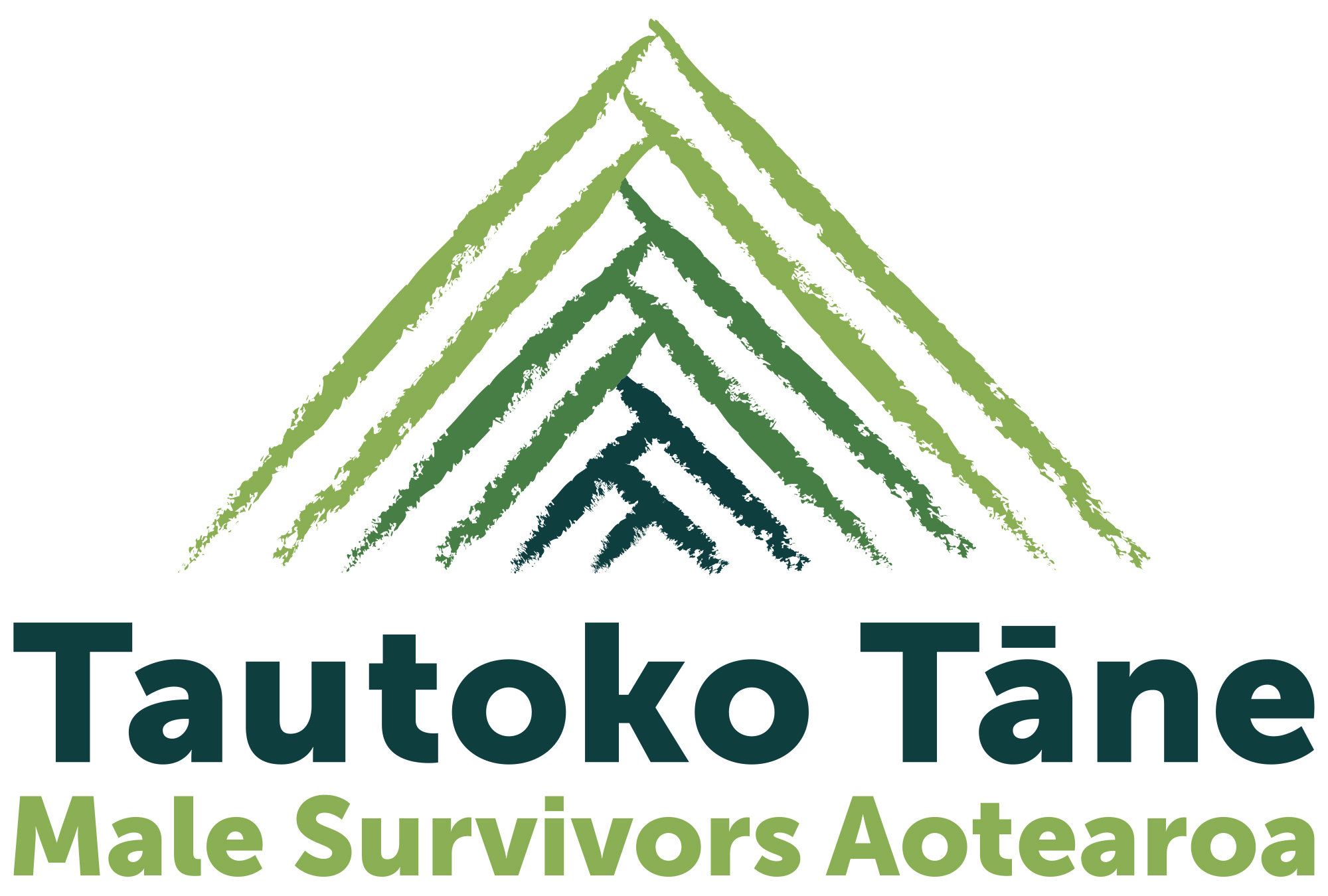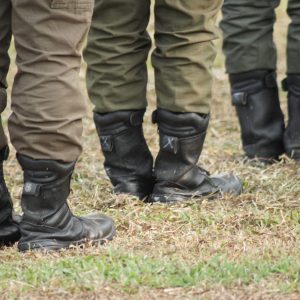A former Catholic boarding school student who was abused by senior staff says one of them was quietly moved to another school in the South Island without being punished.
Patrick Cleary died in July, aged 82, before he could give his statement to the Royal Commission of Inquiry into State Abuse. His daughter Tina Cleary gave a statement on his behalf today.
Published in
NZ Herald
“I wanted to give voice to my father’s words,” she said. “He wanted to speak to it.”
Patrick was sexually abused by Father Francis Durning and Father Patrick Minto while he was a student at St Patrick’s Secondary School in Silverstream, Upper Hutt, in 1951. He was 13 at the time, and kept it a secret for decades.
In a statement read by his daughter, he said that Durning had spoken at the time about being next in line for the role of Provincial in the Society of Mary – a top role within the Catholic Church.
But after another student laid a complaint about him, he was shifted to an unnamed Catholic school in the South Island, apparently without being punished.
“I fail to see where a geological difference can be the reason a pervert is cured,” Cleary said in his statement.
Cleary said he did not address his abuse for 68 years because of shame. There was also no one to confide in, he said.
It was not until homosexual law reform in 1986 that he laid a complaint with police, who took no action.
He also made two complaints to the Society of Mary. One of the complaints was finally upheld in 2009, after Durning had died.
The hearings on faith-based institutions are focused on redress for historic abuse. Tina Cleary said her father never sought an apology or compensation.
“All Dad wanted was for Minto and Durning to be taken down,” she said, referring to the pictures on the walls of the school.
After a complaint against Durning was upheld in 2009, they asked the school to remove his picture from St Patrick’s.
Tiny Cleary said they received a legal letter from the school, which “made Dad feel worse”. The picture was eventually removed but it “took years”, she said. It was not known if Minto’s picture was still on the wall.
His daughter said the abuse had a lifelong impact on her father. He had low self-esteem, suffered from depression, struggled to trust people and was always “waiting for someone to hurt him”.
But he did not want to be defined by the damage done to him. He was a farmer, a writer, and a rugby lover. He had a “high regard for what was fair and was just”, and protested against apartheid in 1981.
“Dad was really courageous and even in his death he was courageous. He was a giant in his death, he was 10 times the size of himself.
“He would want his words to be spoken so that it doesn’t happen to other children.
“That’s why he wanted the photos of those men in the school to come down, so that other children don’t honour dishonourable men.”
By Isaac Davison
Published in NZ Herald
30 Nov 2020


